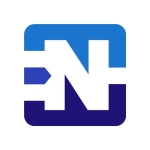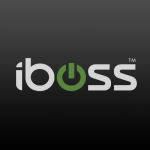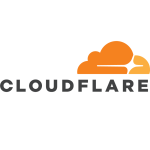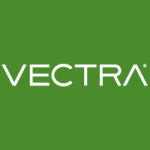We use Fortinet FortiGate to safeguard our online users, who are primarily students, around the clock.
Over the past seven years, we've utilized Fortinet FortiGate to address a wide range of security challenges. Initially, we implemented a firewall to secure our network perimeter. Subsequently, we sought to protect internal network segments. Next, we implemented application-level security measures. And most recently, we've implemented selective service controls to manage access to applications like Google services, WhatsApp, and video conferencing platforms. These measures have addressed evolving security needs over time. Currently, we're focused on enhancing authentication and remote access security. To achieve this, we're implementing security tokens to verify user identities and ensure authorized access.
Fortinet FortiGate enables us to comply with regulatory governance and compliance requirements.
FortiGate is one of the security solutions we have implemented to enhance and protect our network infrastructure, including devices, across the campus for all users. Specifically, FortiGate has shielded us from Internet security threats, application threats, and unwanted websites or access to unauthorized web services. For instance, access to classified websites is restricted based on user permissions. This has resulted in a cleaner network environment, not just from a security standpoint but also in terms of overall network performance. Secondly, FortiGate has significantly alleviated the burden on network administrators and server managers. The product has proven to be highly reliable.
It has effectively reduced our risk of cyberattacks. We have experienced a very small number of incidents, primarily due to configuration loopholes. However, FortiGate has been successful in preventing intrusions from the Internet. It has effectively thwarted hacking attempts, making it a valuable tool for our computer and network security.
We operate in an educational setting and do not rely solely on online connectivity. Therefore, an internet outage would only impact academic activities. While some internet services are utilized within our campus primarily for business purposes, they are not entirely internet-dependent. Consequently, the impact of equipment failure is minimal. In the event of equipment malfunction, we have established contingency plans and alternative facilitating services in place. Additionally, our devices are designed for high availability, with two devices functioning as a backup in case one fails. We have not experienced any device failures to date.
It has streamlined the management of our network and security operations. While the machine itself doesn't provide an out-of-the-box solution, its effectiveness hinges on the expertise and security knowledge of its users. Therefore, engineering and security proficiency are paramount to maximizing the benefits of FortiGate.
FortiGate offers a lot of reporting logs and reports. By continuously monitoring these resources, we can gather sufficient information to take immediate action and implement necessary changes. However, the effectiveness of this approach hinges on having dedicated personnel to review and respond to the provided insights. The device itself cannot act autonomously without human intervention and analysis.
FortiGate has helped us reduce our mean time to remediation by 60 percent. Its user-friendly interface facilitates rapid issue resolution.
Fortinet FortiGate is an extremely user-friendly product. In terms of security, we have not experienced any security flaws or loopholes, and it has proven to be quite stable. Additionally, we have not experienced any downtime, which is of utmost importance.
The log analyzer, for instance, is a product being developed as a common solution for multiple FortiGate devices. Consequently, the log analyzer's functionalities are not fully integrated into the individual FortiGate products. I would prefer to have more detailed logs within the FortiGate products themselves rather than relying on a separate tool.
While Fortinet claims to offer a comprehensive network solution, it falls short in addressing computer application issues, particularly server security. Fortinet's capabilities are primarily focused on network security.
I have been using Fortinet FortiGate for over seven years.
I rate the stability of Fortinet FortiGate ten out of ten.
Fortinet FortiGate is a fixed configuration that depends on the number of nodes and devices.
The support from Fortinet and its vendors is good.
The initial deployment can be completed in a few days. Two to three people are involved in the deployment.
In the Asian economy in which we operate, FortiGate is expensive.
I would rate Fortinet FortiGate eight out of ten.
I'm not involved in the operation of industrial devices. We do, however, have devices that are part of laboratories, and they may be flagged during searches because we belong to the education sector. In any case, FortiGate provides protection, and I wouldn't know the extent of visibility there because it's primarily concerned with providing security for those devices. If they are connected to the network, alright.
We have around 1,500 users and over 3,000 devices that utilize FortiGate.




















